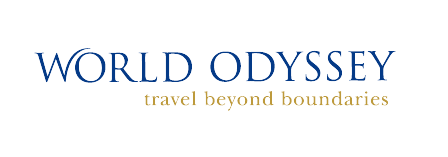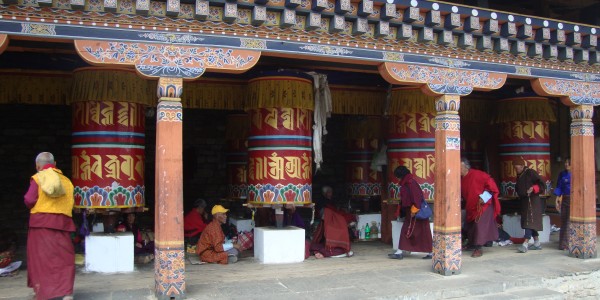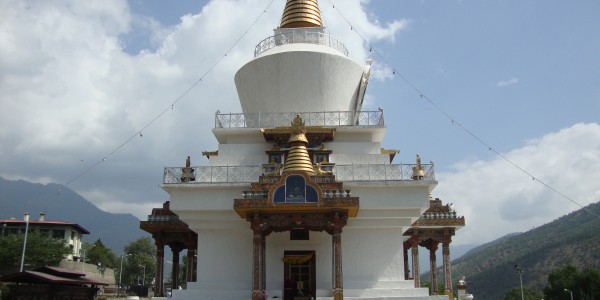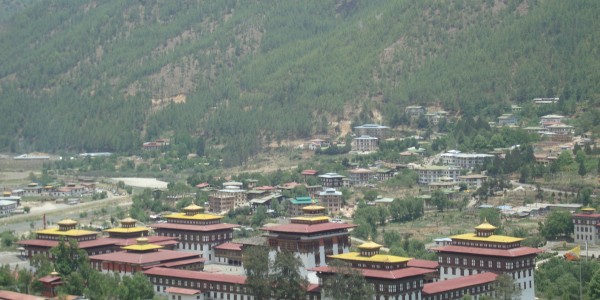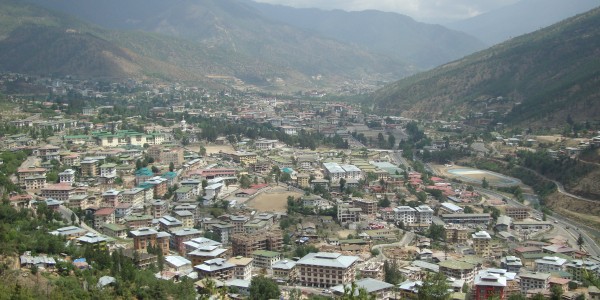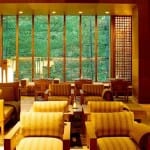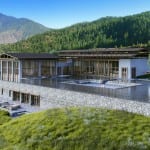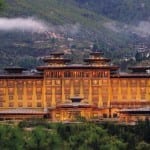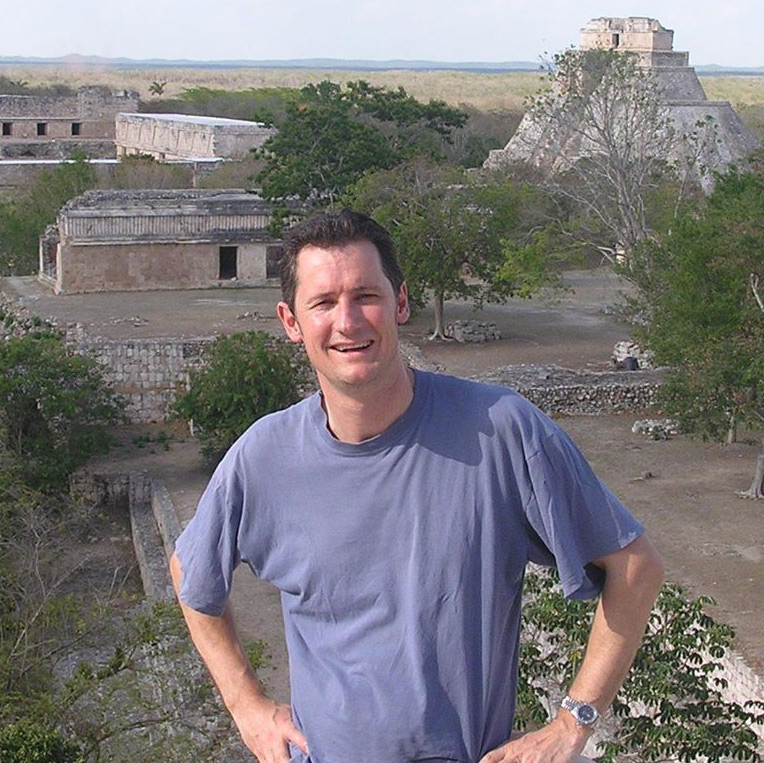Thimphu became Bhutan’s capital in 1961 and is now a vibrant and bustling town combining the traditional with the modern. It is home to the royal family, the principal seat of government and the central ‘monks body’ as well as a wealth of cultural highlights.
Thimphu
Why visit Thimphu ?
- Come face to face with a Takin, Bhutan’s national animal
- Enjoy some haggling at the colourful & bustling weekend market
- Watch the skilled workers make beautiful hand-made paper
- Visit the National Memorial chorten dedicated to the third king
- Challenge yourself with an archery match against a local
The National Memorial Chorten in the heart of Thimphu, serves as a memorial to the Third King (the ‘founder of modern Bhutan’) and is also dedicated to world peace. For many locals it is the focus for their daily worship and so it is a lively and buzzing place with many people walking around the chorten and turning the large prayer wheels.
The impressive Trashi Chhoe Dzong to the north of the city used to be home to the original National Assembly and now houses the secretariat, the throne room and offices of the king and the ministries of home affairs and finance.
Thimphu has a wonderful weekend market where local vendors from throughout the region sell their goods, anything from numerous chillies to mangoes, dried fish and even a leg of yak. One can also find locally produced fabrics and handicrafts, such as prayer wheels, baskets and hand made bows (archery is the national sport!).
The National Institute for Zorig Chusum is where students are instructed in many of Bhutan’s traditional arts, such as drawing, painting, woodcarving and embroidery. You can see the students at work and is well worth a visit.
Other highlights, which offer a fascinating insight into the Bhutanese culture, include the Folk Heritage Museum, Textile Museum, the Thangtong Nunnery, paper-making factory, the National Library, the huge new golden Buddha overlooking the valley and you can even see a takin, which is the country’s national animal in an enclosure on the edge of the town.
LOCATION
BHUTAN KEY INFO
Visa
A Visa is required for UK passport holders.
Health Requirements
No mandatory vaccinations are required.
Time Difference
GMT + 6 Hours
Flight Time
11 hours with one stop
NEWSLETTER SIGNUP
Keep up-to-date with the latest travel trends, inspiration for future trips and competitions to win luxury travel vouchers.
Subscribe
